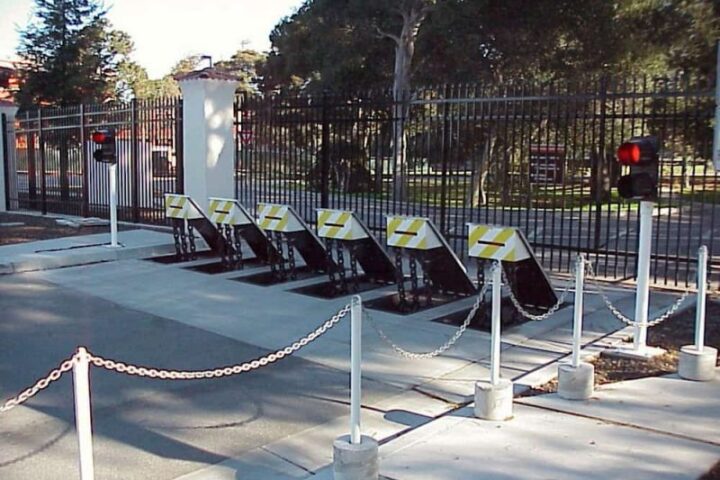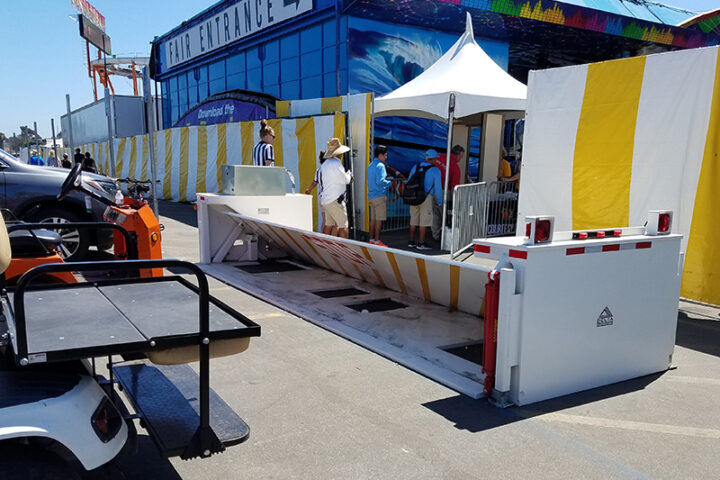While many things have changed due to the worldwide pandemic, some things still remain the same. The threats of vehicular violence are still present even though collisions have become less frequent and traffic, in general, is at a significant low thanks to COVID-19. Preparing for such instances remains a high priority, and those institutions that take preemptive action stand to prevent major incidents before they start.
Extremists Take Advantage of COVID-19 Confusion
As local and global communities band together to help stave off the worst of the COVID-19, the threat from infection is enough for most people to worry about. For some, it is an opportunity to learn new ways to deal with everyday life while remaining safe. For others, it is exactly the kind of chaos that can be exploited to relay a message of terror. While individual security is important, organizations need to recognize that this pandemic offers more threats than just the virus.
Portable Barriers Help Make Effective Seclusion Zones
Around the world, governments are trying to protect their citizens from COVID-19. One of the most effective ways is to create seclusion zones to keep people isolated and reduce the risk of spread. Agencies have also set up ad-hoc testing facilities to help determine who is affected, helping to establish quarantine procedures and track how far the illness has spread. In order to control the large amounts of pedestrians and vehicles, many areas are focusing on temporary solutions to traffic control and safety concerns.
COVID-19 Presents a Crowd Control Conundrum
The threat COVID-19 presents has taken many by surprise, illustrating how people have taken parties, office work and even grocery shopping for granted. Because it can easily be spread, the virus has made social distancing the new norm. As seclusionary practices are being enforced throughout the country and the world, security personnel are faced with new challenges in crowd control.
Coronavirus and Mail Safety
When global issues arrive, it pays to be prepared. The coronavirus took the world by storm, forcing employee and citizen seclusion as well as quarantine procedures across the globe. Because many illnesses can be transmitted by touch and tend to live a long while outside of human hosts, the prospect of contagion transmission is perceived to be high. The real question remains: how contagious is COVID-19 via mail and package delivery?





